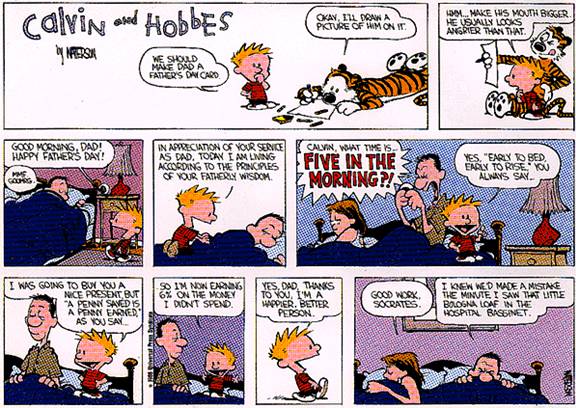Science, the liberal arts, and the newest addition to my autograph collection

In the past two weeks, I have had a number of encounters that have reminded me of the place and value of the sciences in a liberal arts education. Last week, I met Harvey Lodish ’62, a Professor of Biology at MIT. I have known of Prof. Lodish’s work since I was a sophomore cell biology student using his textbook (the classic Molecular Cell Biology) to prep for my exam. He autographed a copy of his newest edition for me, which now has a prominent spot in the Cromwell library (this has boosted my cool factor considerably among my science-geek friends). I had the opportunity to tour his lab and see some of his latest results (very cool and inspiring work). But, our conversation soon turned to a topic that intrigues both of us: Why is it that so many leaders in the scientific community are graduates of liberal arts colleges?
The data on the case for liberal arts colleges as a powerful engine for American scientific success are quite compelling. The top 50 liberal arts colleges, all featuring a strong commitment to faculty-student research (often funded by external agencies such as the National Science Foundation and National Institutes of Health and culminating in publication in peer-reviewed journals) perform very well in the percentage of students who go on to receive Ph.Ds in the natural, social, and behavioral sciences (see the stats). Though these schools are much smaller than comparable research universities, they have had a significant impact on the scientific workforce.
Two weeks ago, I described these data to prospective students and their families who came to Kenyon for summer science visit day, addressing the question, "What is it about Kenyon that produces such outstanding scientists?" Kenyon students with interest in the sciences have opportunities to collaborate with faculty on original research; to gain hands-on experience at the lab bench that is invaluable for later work; and to practice skills of observation and questioning that are essential for successful scientists. Moreover, at Kenyon students study science in the context of the other liberal arts, and in these classes they are regularly challenged to look at difficult problems from multiple perspectives, to critically analyze scholarly writing, and to communicate effectively.
I recently attended one of the “bologna loaf”(*) lunches of the summer science students, and I had a great time talking with students about the joys of research (successful experiments with mounds of data to be analyzed) as well as its frustrations (touchy instrumentation needing a great deal of troubleshooting). But, more importantly, students were passionate about the problems they were addressing, thoughtful about their approaches to finding a solution, and deliberate in their development as creative, independent scientists. As I explained to the prospective families, I am confident that the ranks of outstanding Kenyon alumni scientists will continue to grow.
(*) For those who are interested, the name "Bologna Loaf" has been used for the summer science student socials since the 1980s. The name comes from a Calvin and Hobbes cartoon, below. Thanks to Prof. Itagaki from the Biology Department for the reference!

